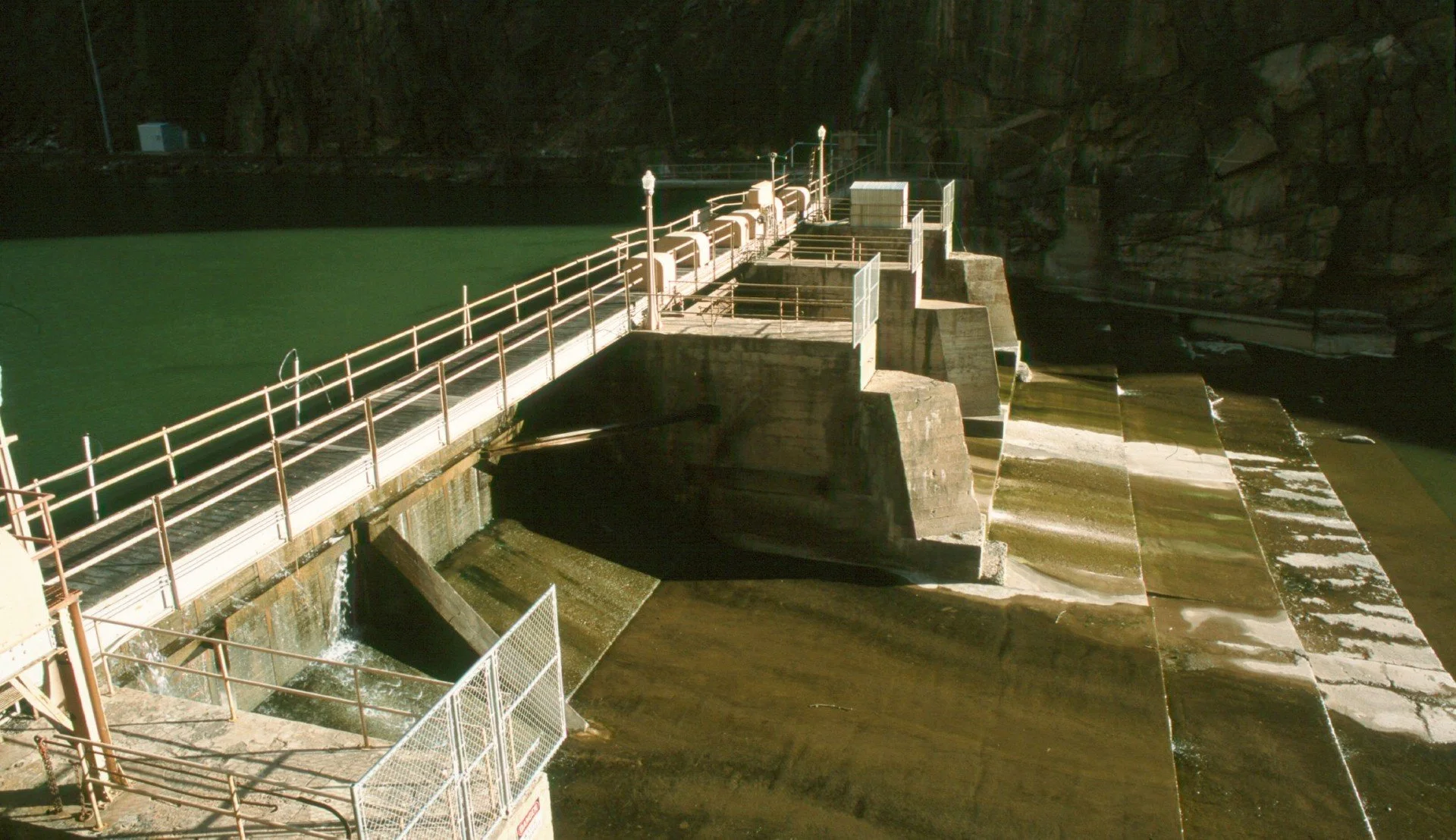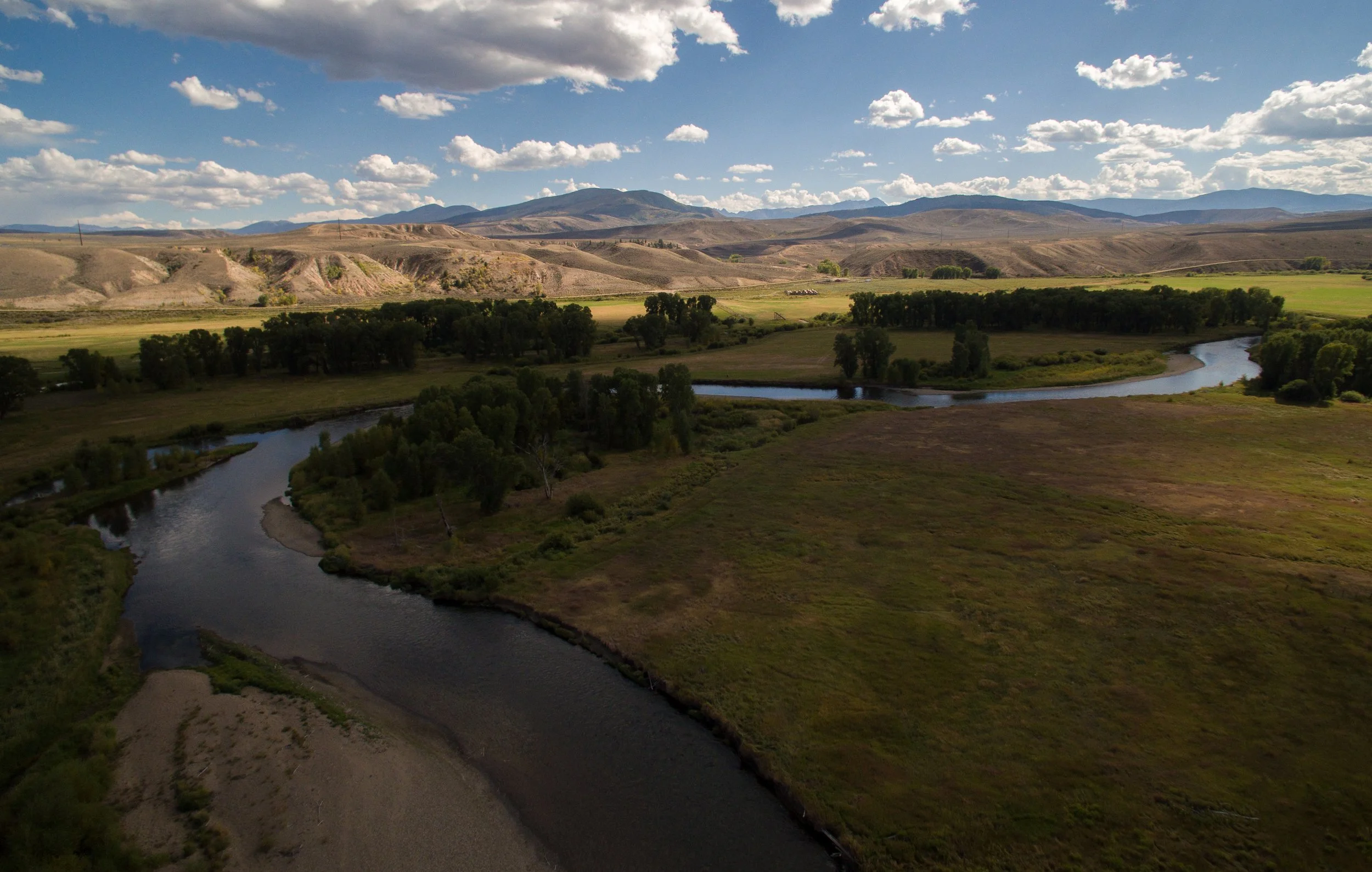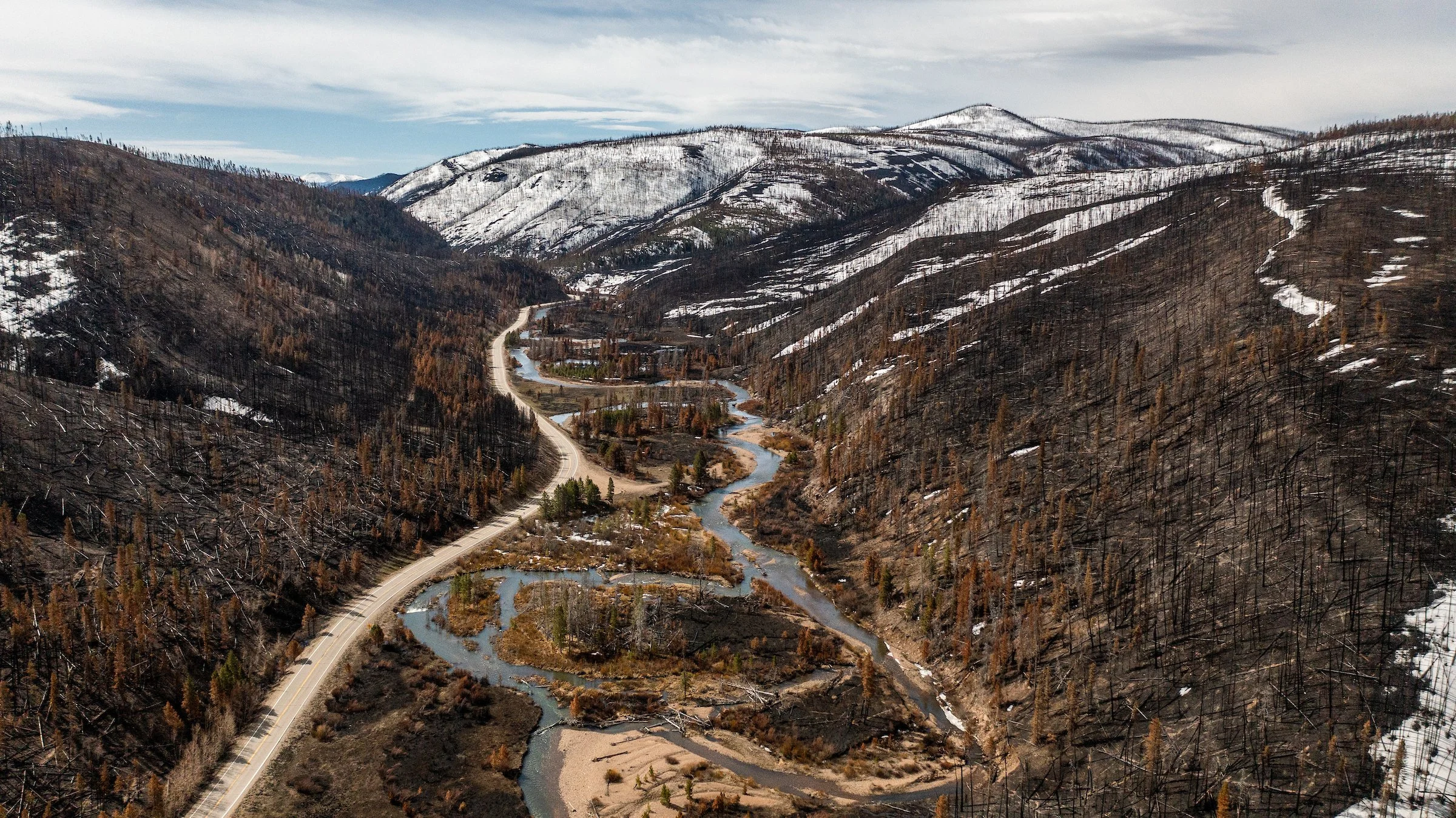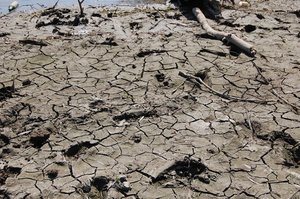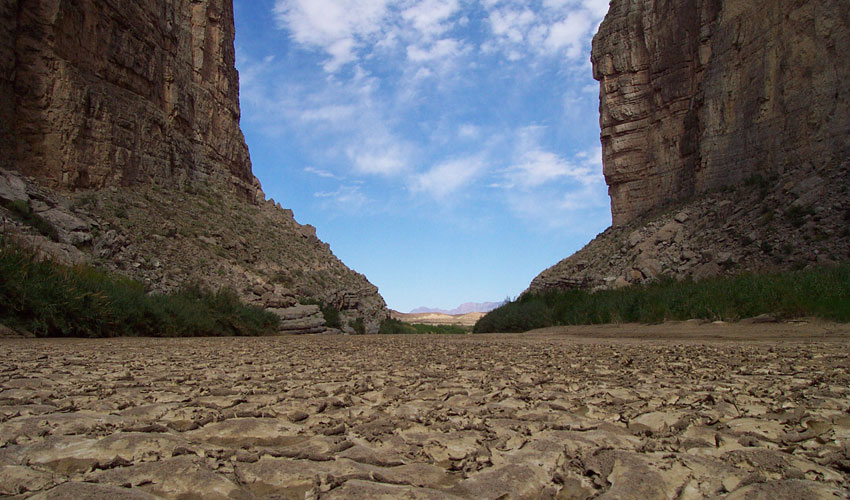Drought is plaguing most of Colorado and pretty much everywhere in the southwest. Every summer, it feels like we are saying the same thing and warning everyone about not enough snowpack melt, low flows and warming waters. Whether you are a native, transplant, or visitor to this great state - we can all do something to make a difference in conserving our scarce water sources.
Most of these ideas are easy to do, while some take practice. Even just adopting one strategy to conserve water, can make a difference. Feel free to leave a comment about your ideas as well!
1. When brushing your teeth or shaving try not to the let faucet run. Need water? Fill up the sink instead to rinse your razor and turn off the faucet between brushing.
2. Most dishwashers do not require any pre-rinsing, especially if they are relatively new. Instead, scrape off any food (preferably into compost) then run the cycle when the dishwasher is full. Some dishwashers even have a "water saver" cycle you can try.
3. Are you still rinsing your produce under the faucet? Try filling a bowl or tub to rinse them in and reuse the water on your houseplants or garden outside.
4. Try using a broom to clean off sidewalks, driveways, patios, or decks instead of the hose.
5. Tired of mowing the lawn? Check out xeriscaping alternatives to replace or reduce the amount of grass in your yard. If you do need to mow, keep the trim length minimal to reduce evaporation and increase soil moisture retention which will reduce your need to water it. Having longer grass will help it grow a stronger root system and increase it's drought and pest tolerance.
6. Are you still trout fishing when the water is climbing above 65 degrees? Giving fish a break can increase their chances of surviving during this stressful time. Check out our handy water temperature thermometer for trout.
There are plenty of ways to conserve water in the west and with the rise of energy and resource saving standards in our appliances and home systems, it's becoming easier and easier to use less water without even thinking about it. If you are interested in learning more about the innovative ideas out there regarding water conservation, check out the links below. Colorado's rivers and the trout that live in them will thank you!
Resources & Other Water Saving Tips
Water Conservation in the Home
What is greywater? How is it used?
Greywater Opt-in Colorado Legislation
Water Conservation across Colorado
Xeriscaping in Colorado: Budgeting, Design, How to
Free Xeriscaping Plans & Plant Suggestions

